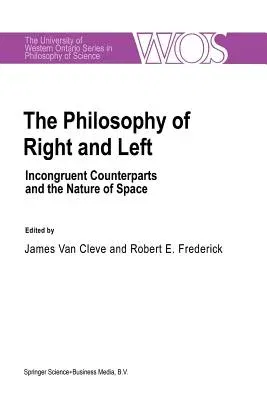The Philosophy of Right and Left: Incongruent Counterparts and the Nature of Space (Softcover Reprint of the Original 1st 1991)Paperback - Softcover Reprint of the Original 1st 1991, 28 September 2012

Qty
1
Turbo
Ships in 2 - 3 days
In Stock
Free Delivery
Cash on Delivery
15 Days
Free Returns
Secure Checkout
Part of Series
The Western Ontario Philosophy of Science
Part of Series
Western Ontario Series in Philosophy of Science
Print Length
373 pages
Language
English
Publisher
Springer
Date Published
28 Sep 2012
ISBN-10
9401056617
ISBN-13
9789401056618
Description
Product Details
Book Edition:
Softcover Reprint of the Original 1st 1991
Book Format:
Paperback
Country of Origin:
NL
Date Published:
28 September 2012
Dimensions:
23.39 x
15.6 x
2.01 cm
ISBN-10:
9401056617
ISBN-13:
9789401056618
Language:
English
Location:
Dordrecht
Pages:
373
Publisher:
Weight:
535.24 gm

